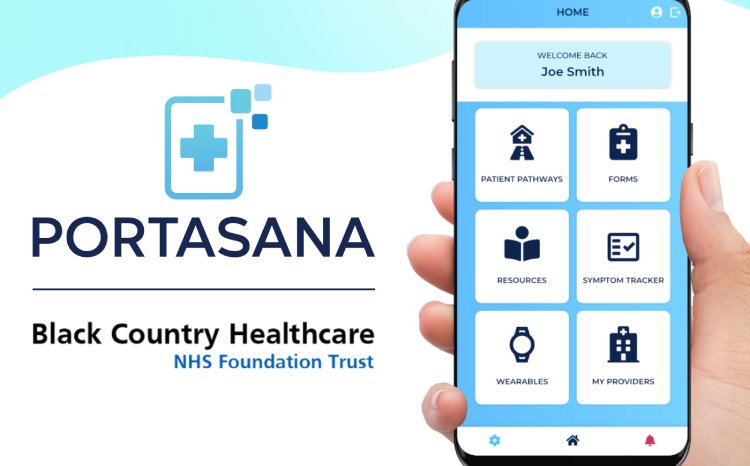XML Special Focus:Bridging the Gap Between Existing Systems
- 14 August 2003
Royal Brompton & Harefield NHS Trust is the largest post-graduate specialist heart and lung centre in the United Kingdom. The trust was established in 1998 following the merger of Royal Brompton Hospital and Harefield Hospital and is based on two sites, one in Chelsea, London and one near Uxbridge, Middlesex.
The merger brought with it some serious IT challenges. Business systems manager, Mansel Chamberlain explains: “Almost all IT systems were from different suppliers, whilst we obviously will take opportunities to rationalise systems, this could be a long process. The XML-based electronic patient record (EPR) developed with Graphnet provides a unified view of systems and enables, for example, the radiology results from the two systems to be displayed to users in a common format.”.
The EPR project is ongoing; it ‘went live’ in a series of pilot locations at the beginning of this month (August). The next phase of the project will cover orders for clinical tests, though the trust has developed orders for lung function tests as part of the EPR and this is operational.
The trust began the EPR development to ensure compliance with the target date of EPR level three by 2005 set out in the 1998 strategy, Information for Health, though this has now changed with the advent of the National Programme for IT in the NHS. However, the trust is due to move to a new development at Paddington Basin and the development of the interim EPR solution was seen as an important part of this move. The interim EPR will help in planning and training staff for the move to a modern hospital development where electronic records and wireless communications are the norm.
Were there any unexpected benefits? Mr Chamberlain comments: “It is too early to say, but it is interesting to see how different staff use parts of the EPR to meet a particular requirement. Some staff use the outpatient module to view particular clinics; others find easy access to the discharge and clinic letters useful.
“The main benefit is the ability to view all the information about a patient within one application. We hope to see major benefits to our research activity with the ability to analyse the central repository of data.”
Key points:
• XML can be used to create a unified view of two different systems
• The challenge of “bridging the gap” between legacy systems and a more modern IT environment can be tackled using XML-based solutions




